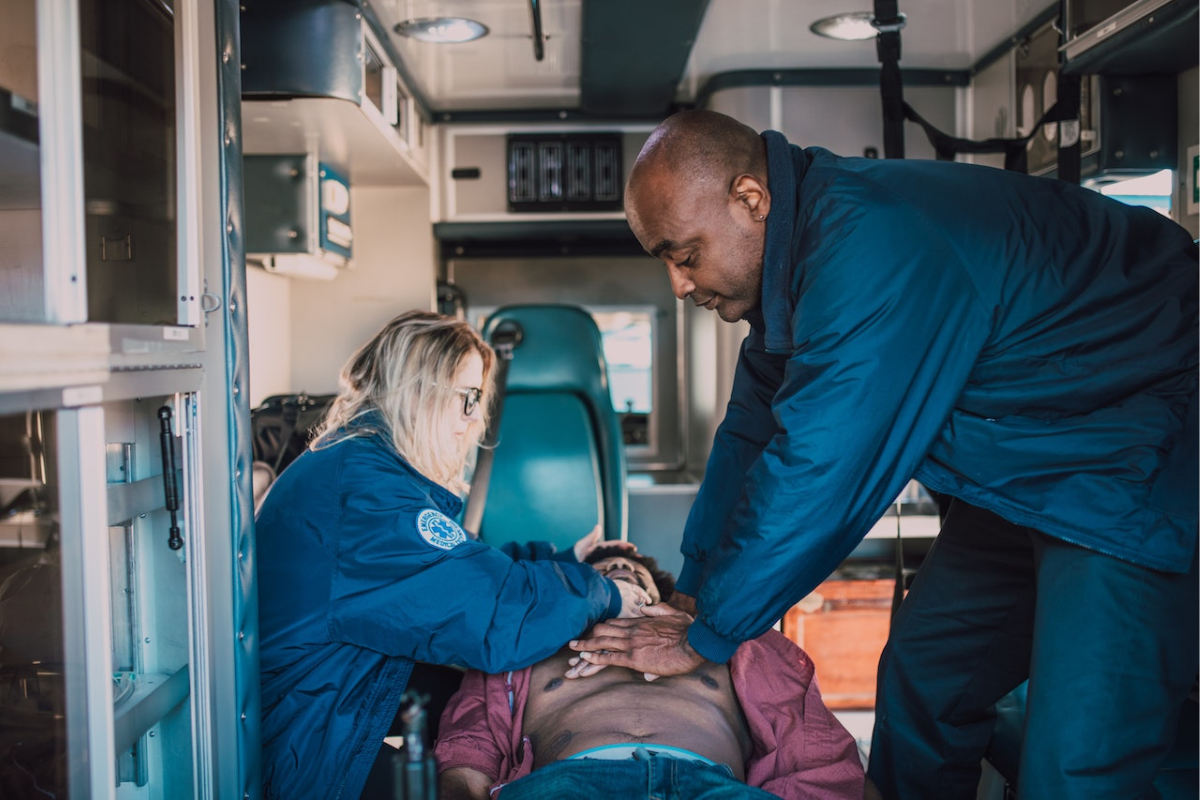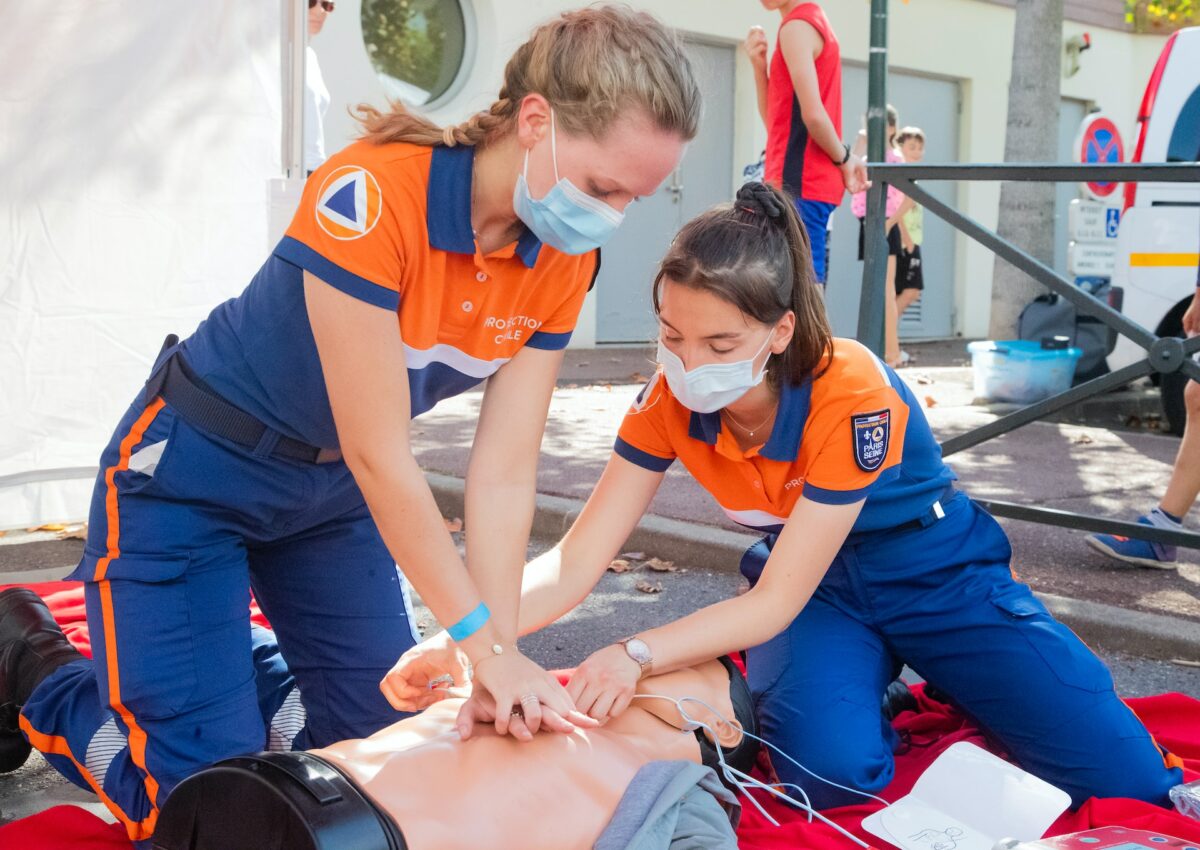
Most things in life require routine maintenance to work well, such as your car and home.
However, you might not consider the fact that your knowledge also needs to be brushed up on occasion in order to be the best it can be, whether that’s getting familiar with recent changes to laws or revisiting old concepts that you may not fully remember.
One of those knowledge bases that must be continually re-examined is your familiarity with cardiopulmonary resuscitation: if you want to be sure that you’re doing it correctly, you need to be recertified every two years.
Being unaware can have deadly consequences, especially when so few people feel comfortable enough with CPR to actually jump in and save a life.
Harvard Medical School recently reported that though 65% of Americans have received some form of CPR training in their lives, only 18% have remained up to date on that training, which means that you can’t rely on others to act should you find yourself in an emergency situation.
If it’s been a while since you trained last, you may not be aware that there are now many options for CPR recertification that are affordable and highly accessible.
You can now complete the entire retraining online through classes like the Pro Trainings CPR certification renewal course, which refreshes your knowledge in a convenient, easily absorbed format.
It’s not enough to learn CPR once – you need to review it regularly to be sure that you stay up to date with the newest medical information about this life-saving procedure.
Guidelines For CPR Change As Research Evolves
You might think that cardiopulmonary resuscitation is set in stone now since it’s been a widespread practice for so many decades, but you’d be wrong.
Even with something as basic as CPR, medical professionals continue to refine the procedure as they review thousands of cases across the United States where CPR was used successfully or unsuccessfully.

This means that if you don’t get recertified, you may be relying on outdated information that will not provide the best chance of survival.
For example, in decades past, you would be encouraged to give rescue breaths, also known as mouth-to-mouth resuscitation, in the belief that you needed to push oxygen into the lungs for the person to survive.
Now, the American Heart Association emphasizes the compressions instead of rescue breaths for a few reasons, though mouth-to-mouth can still be helpful in certain situations.
The first reason is that people might be leery of breathing into a stranger’s mouth, especially after the Covid-19 pandemic, and so they will avoid giving CPR because they don’t want to perform that aspect of it.
This is connected with the fact that disease transmission, especially of respiratory diseases, is very possible when coming in such close contact with someone else.
Lastly, stopping for rescue breaths requires pausing chest compressions, which are the most important component of CPR.
If you didn’t refresh your skills through recertification, you may not be aware that you should focus on compressions instead of rescue breaths, and would therefore give less effective CPR should you find yourself in an emergency situation.
Since you want to give the victim every possible chance of survival, it’s important to perform it correctly – and you can only be sure you’re doing so if you review your skills through repeated training.
It’s Easier Than Ever To Ensure You’re Up To Date
Most of us are so focused on the day to day aspects of our lives that we may balk at the idea of spending our precious time learning something that isn’t of immediate use, but this is something you can’t procrastinate on – it may be useful at any time.
However, it’s understandable that you don’t want to undergo the hassle of finding an in-person class, signing up, and attending at a set time, which is why you’ll be glad to hear that there are far easier options now.

Online CPR recertification is equally good at teaching as in-person classes, though you may wish to pay for additional hands-on skill evaluation if you need to be certified for work or volunteer opportunities.
You’ll also be able to learn anytime, anywhere, by using on-demand video lessons and a downloadable student manual.
The lessons are short and to the point, so you can complete one or two modules in just half an hour; this allows you to space out the time commitment, which can make it much easier to tackle.
Like anything else, CPR knowledge changes on a regular basis: if you want to be sure you can properly and efficiently apply this procedure, it’s important that you keep up to date with the newest guidelines.
The best way to do this is to pursue an affordable, efficient, and accessible online CPR recertification, which will allow you to learn at your own pace.
There’s no better time than now than to refresh your memory on how to save lives – sign up for an online recertification class today.





























